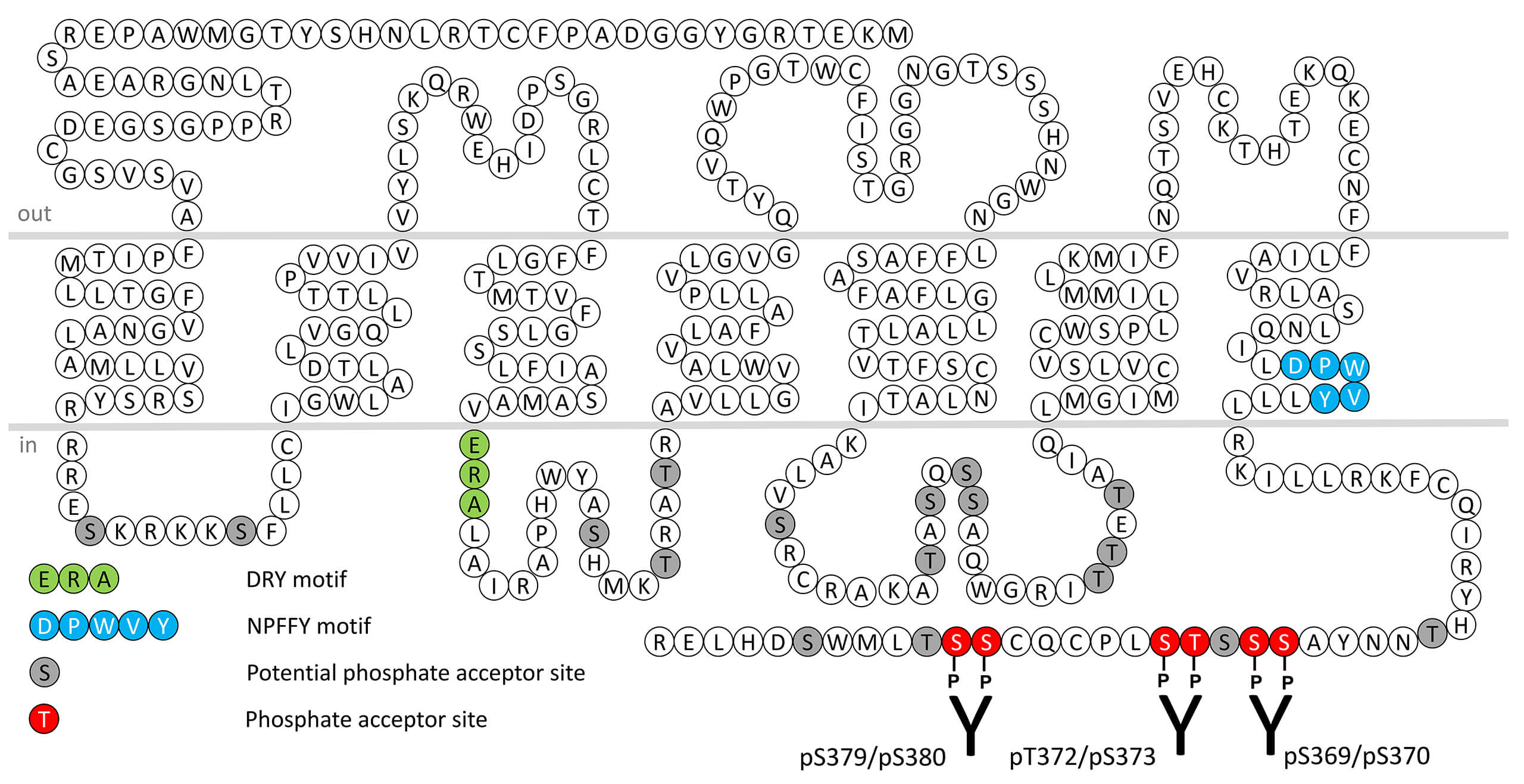No results were found for the filter!
NEW
 pS369/pS370-EP3 (phospho-EP3 Prostanoid...
pS369/pS370-EP3 (phospho-EP3 Prostanoid... Serine369/Serine370 (S369/S370) is major phosphorylation site of the EP3 Prostanoid Receptor (EP3). The pS369/pS370-EP3 antibody detects phosphorylation in response to agonists. S369/S370 phosphorylation is likely to be involved in...
$ 375.00 *
NEW
 pT372/pS373-EP3 (phospho-EP3 Prostanoid...
pT372/pS373-EP3 (phospho-EP3 Prostanoid... Threonine372/Serine373 (T372/S373) is major phosphorylation site of the EP3 Prostanoid Receptor (EP3). The pT372/pS373-EP3 antibody detects phosphorylation in response to agonists. T372/S373 phosphorylation is likely to be involved in...
$ 375.00 *
NEW
 pS379/pS380-EP3 (phospho-EP3 Prostanoid...
pS379/pS380-EP3 (phospho-EP3 Prostanoid... Serine379/Serine380 (S379/S380) is major phosphorylation site of the EP3 Prostanoid Receptor (EP3). The pS379/pS380-EP3 antibody detects phosphorylation in response to agonists. S379/S380 phosphorylation is likely to be involved in...
$ 375.00 *
Recently viewed


